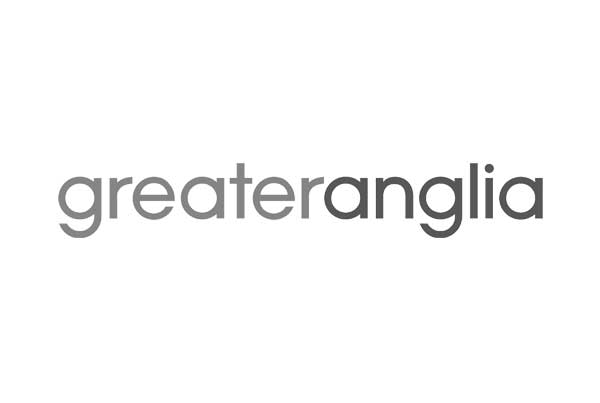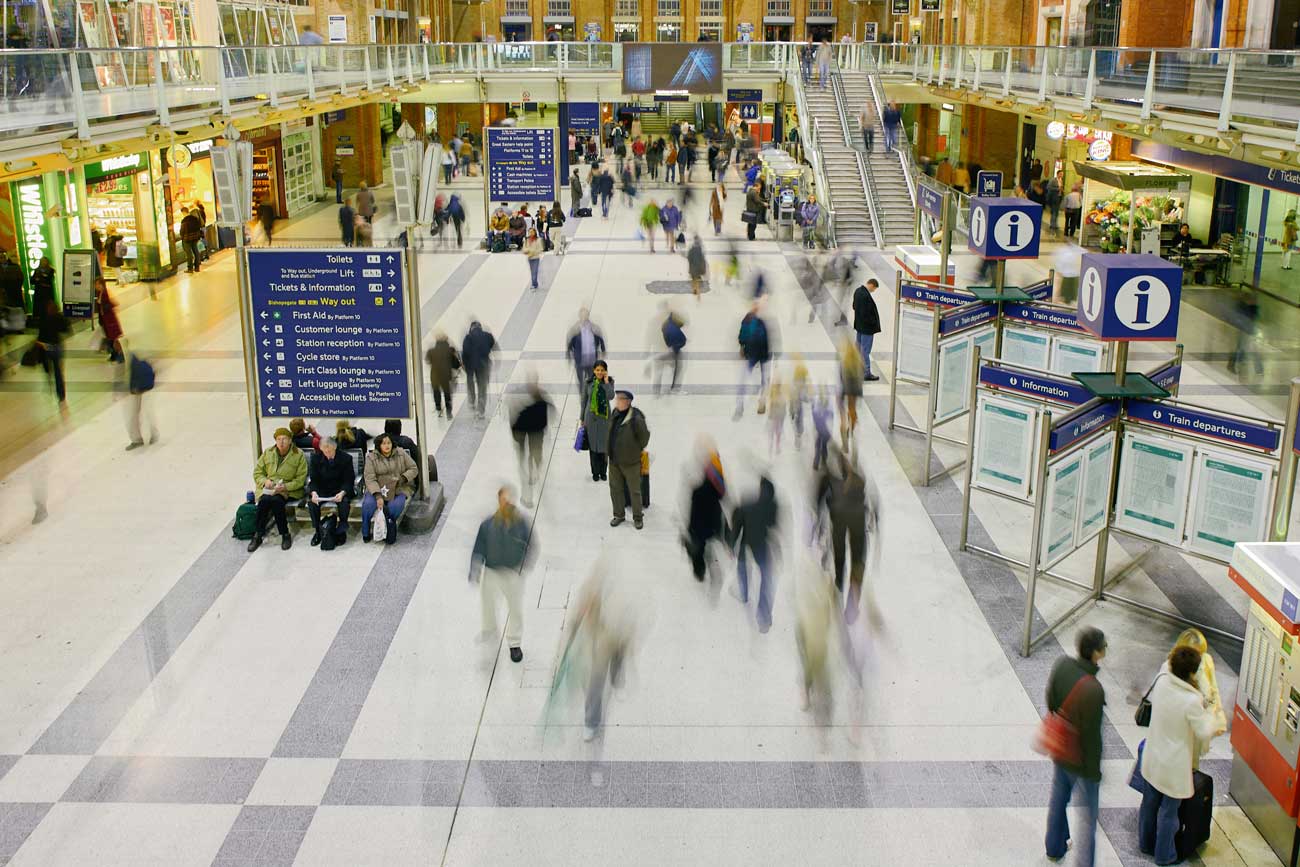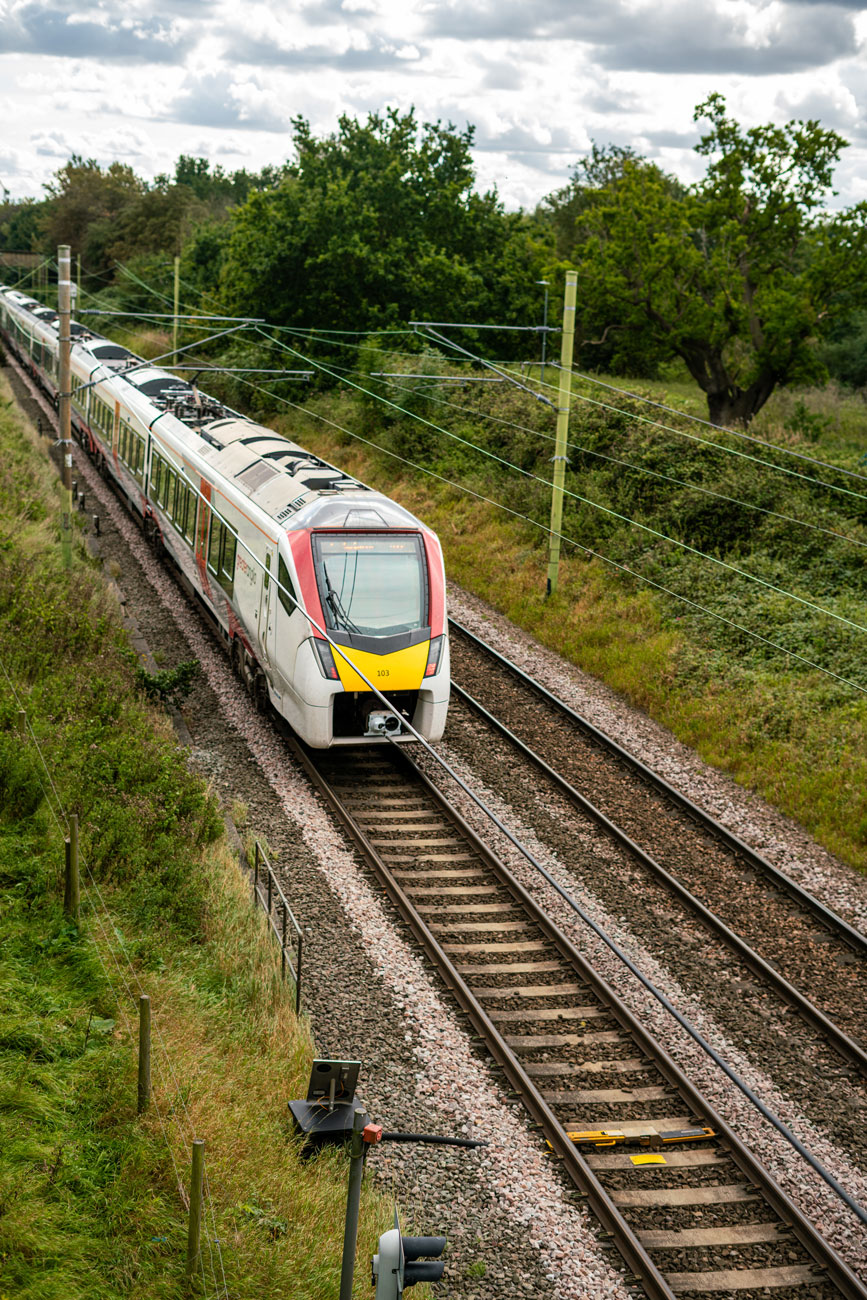Putting the Great in Greater Anglia
You could reasonably assume, from all the statistics published across the rail industry, and by industry watchdogs, that the rail passenger is getting a pretty poor deal right now. This has become even more prominent with stories in the media about delays, cancellations, strikes and the high costs of running and travelling on the railway.
A look at the numbers reveals that passengers have experienced cancellations of well over 6% on some routes and a public performance measure figure (PPM – of trains arriving within 5 minutes at their destination) below 70%. This is almost unprecedented in the past 10 years.
Greater Anglia has much higher performance and reliability than the industry average. It has cancellations at a very low level of ~1.8% in 2023/24 and PPM at a very respectable ~94.4%.


To understand the high-level picture, we compared Greater Anglia performance (PPM) with overall performance for GB Rail. In the graph shown, the blue bars indicate the number of planned trains in the franchise to check if there is any particular correlation with performance. Even when the number of trains reduced from 2015, Greater Anglia performance tracked overall GB performance reasonably closely. When Covid happened fewer trains ran in the UK, leading to an abnormal spike in performance. What followed is interesting in that Greater Anglia performance remained high whilst the rest of the UK dropped substantially.
As VA Rail were previously engaged by Abellio (now Transport Works UK) to lead the successful bid for the franchise, we were very keen to understand which aspects of delivery are contributing to this high performance. We take a “whole system” view of the railway when looking for ways to improve performance so to understand which aspects of the system have supported the improvement, we spent time discussing with senior industry leaders, particularly in Transport Works and Greater Anglia to gain an understanding from their perspective.

Our findings
In addition to excellent overall results, nearly all underlying metrics are positive. Common themes emerged from the meetings that we held:
Governance:
- An owning group focused on strong performance outcomes.
- Long-term interest and consistency of people and belief systems.
- A bold long term strategy for transforming the business that Greater Anglia, Network Rail and the stakeholders could believe in and support.
- Faith and trust in the end result despite difficult times in replacing all of the rolling stock and the infrastructure changes needed in one transformation programme.
- A willingness to work through industrial relations issues with the staff who deliver the service.
- A consistency of purpose despite Covid.
Timetables and operational plan:
- Recognition that the timetable and operating plan are fundamental to great performance, and every other key outcome for passengers and the railway.
- Careful, considered, and measured changes to the plans.
- Journey time improvements were considered only after the new trains had proven their capability in service.
The bottom line is that there are inherent trade-offs between journey time, turnaround times and performance, and between efficiency and great service for passengers. Understanding these factors is key to driving the base plan towards the best overall outcome.
Trains:
- There are major benefits in having a simpler, more consistent rolling stock stable with two main train types.
- The new trains were good, but not great, and issues occurred in their early introduction.
- Containing the rise in delays and keeping on top of the reliability vs availability trade off.
Train crew:
- Maintaining momentum on re-training traincrew for new rolling stock using a bubble approach during COVID; then converting the plan towards maintaining resourcing levels aligned with retirement plans etc.
- Industrial relations issues in the early years of the franchise were resolved swiftly.
- Effective, simpler diagrams; and enabling more effective traincrew: customer information.
Other personnel:
- Building engagement in great performance outcomes; helping everyone do their jobs well at every level of the organisations.
- Seeing the value of continuity of message, focus on shared outcomes etc.
Multi-party collaboration:
- Positive collaboration to help manage aging assets, improved safety for on-track workers, and other systemic challenges: shared solutions to recognised problems.
- Refreshed focus on old problems such as temporary speed restrictions, simple on train technology to spot risks.
- Bringing in new operational / traffic management technology; and aligning to effective operational control.
- Integrated planning and delivering an effective service during weather related disruption.
- Using the COVID period to complete change, review and refresh, and then re-focus on a new plan to suit the post-COVID markets, expectations etc.
- Clear aligned business goals to deliver the customer outcomes.
- Using the management systems and review approach associated with safety management and applying the same techniques to improve performance.
- Focus on harm (to performance) and helping our people do their jobs well; not just looking for performance improvement schemes or fixated on solutions.
- Contain the initial problems encountered and fix in the short term.
- Develop a longer-term solution to eradicate the problem through, timetable, rolling stock, resourcing, infrastructure or service recovery processes.
- A focus on the processes that deliver the outcomes wanted, then relentlessly delivered, and scrutinised post event, all wrapped up in a continuous improvement approach.
- Shared responsibility to reduce harm and improve; recognising great work, not just poor performance.
Key learnings
It is easy to attribute high performance to just one aspect of the railway system. In fact all parts of the system must work together to achieve high performance. Embedding this system approach requires leaders with a clear long-term vision and strategy. Operators must act as the guiding mind, engaging and collaborating with Network Rail and key suppliers to drive whole system outcomes.
Once in a generation opportunities such as the COVID period must be embraced to review and refresh all aspects of the system to re-focus on a new plan to suit the post-COVID market opportunities. There must be a real focus on the timetable and base operation as a key enabler of good performance. Attention to detail is critical and recognition of the inherent trade-offs between journey time and reliability, improving efficiency and delivering a great service for passengers.
There has to be a tangible focus on ‘reducing the harm’, and helping people do their job well; not just on performance improvement schemes. Effective, and relentless attention to great process must be driven through the organisation and jointly with partners: providing good information, effective diagnosis, shared focus on outcomes, responsibility for change and a recognition of great outcomes.
There are so many benefits that are easily observable of reduced rolling stock variation, simplified timetable and diagrams, and effective delivery of day in, day out operational processes.
In conclusion, a well performing railway is a much better place to work for everyone involved. It becomes a virtuous, cultural circle: great performance is good for the farebox, our customers and our staff; bringing reflected engagement in helping to keep performance high.


